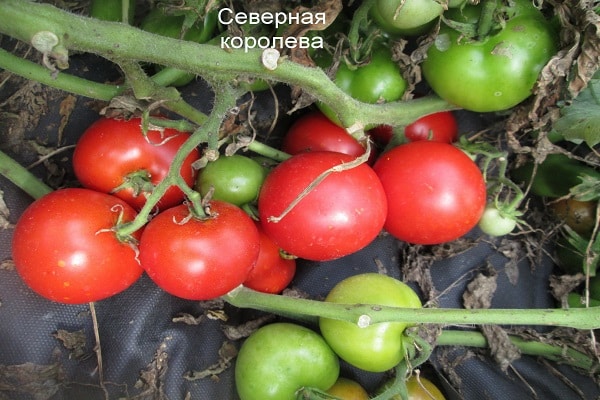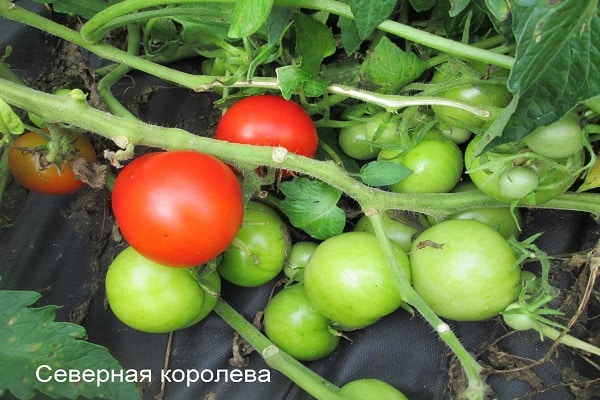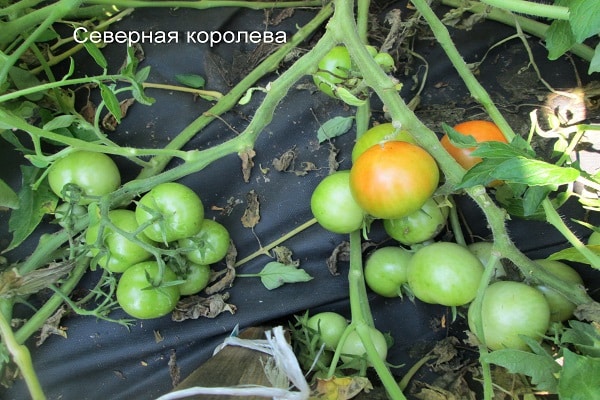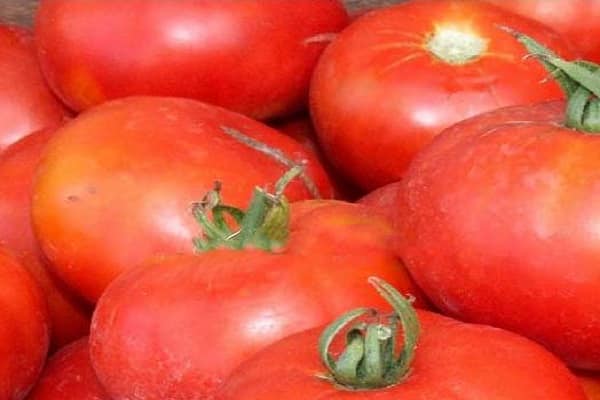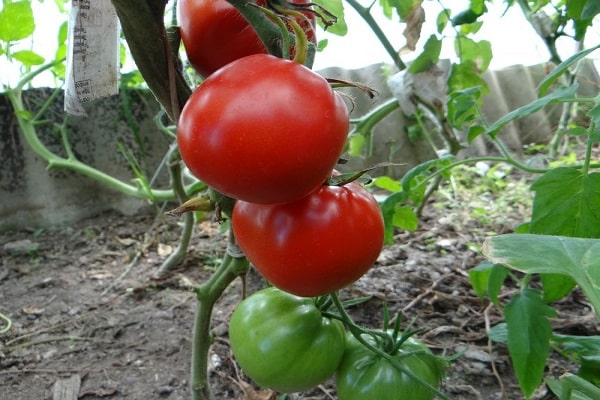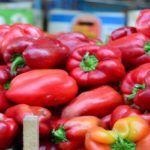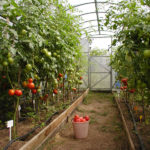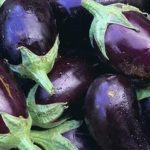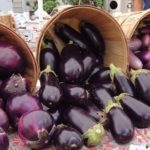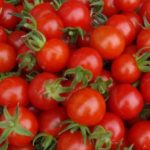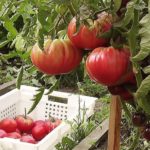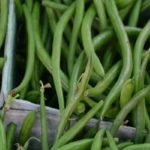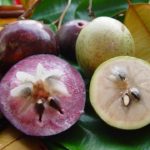The Northern Queen tomato belongs to the varieties of northern selection, so the plant has good tolerance to difficult growing conditions with a lack of heat. Reviews from gardeners on forums call the species “Northern Queen,” thereby emphasizing the undoubted advantages of the tomato.
[toc]
Today the species is included in the state register of the Central Black Earth region, and the characteristics of the variety recommend it for cultivation in open ground on private farms. In the northern regions, tomato is successfully grown in household plots in film structures and demonstrates excellent yields.
The plant belongs to the determinate species with early ripening.When grown outdoors, the plant reaches a height of 45 cm and does not require additional support. In film structures, shoots are capable of reaching higher growth, so the need for tying work is determined on site. From the moment the first shoots appear until the first fruit is harvested, on average, 85-95 days pass.
What fruits does the variety have?
The fruits are characterized by a friendly, almost simultaneous ripening period. Unripe fruits have a light green tint with a characteristic dark spot near the articulated stalk. One vegetable nest contains from 4 to 6 nests.
Description of ripe tomatoes:
- differ in flat-round shape;
- have a smooth, even surface, some fruits may have slight ribbing;
- distinguished by a rich, bright red color;
- have a pronounced tomato aroma.
The average weight of one vegetable is 150 grams. With the correct growing technique, up to 2.5 kg of tomatoes can be harvested from one bush. Due to the quality of early ripening and simultaneous ripening, the plant is free from the disadvantage of many tomatoes in the form of a tendency to late blight. Vegetables are suitable for use in salads, processing into preparations and for making marinades. The fruits are able to maintain proper taste and appearance over a long shelf life.
Nuances of cultivation
Agricultural cultivation technology involves the use of seedling method with planting seeds in pre-prepared soil and subsequent diving. The seedlings are transplanted to a stationary place at the age of 50 to 55 days.
When transplanting seedlings to a permanent location, you should adhere to the 40 by 40 scheme. The plants are characterized by slight branching and a small amount of green mass.If grown in open ground, the shoots do not require pinching. In greenhouse conditions, pinching is carried out as extra shoots form.
The advantage of the variety is the presence of good immunity to apical and root rot, bacterial spotting of leaf blades. The plant quickly recovers from stress, is resistant to heat and low temperatures, and is drought-resistant. The ability to maintain the setting property under unfavorable conditions is a guarantee of obtaining a high yield.
It is recommended to provide tomato bushes with regular watering, periodically loosen the soil, remove excess shoots and feed the shoots with complex fertilizers.

